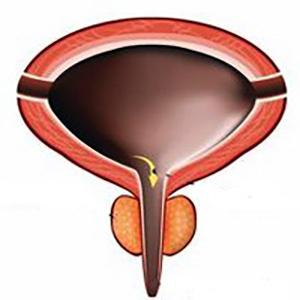Relation between myostatin levels and malnutrition and muscle wasting in hemodialysis patients

Accepted: November 13, 2023
All claims expressed in this article are solely those of the authors and do not necessarily represent those of their affiliated organizations, or those of the publisher, the editors and the reviewers. Any product that may be evaluated in this article or claim that may be made by its manufacturer is not guaranteed or endorsed by the publisher.
Authors
Background and aim: Malnutrition is one of the most troublesome comorbidities among hemodialysis patients (HD). Myostatin (MSTN) belongs to the transforming growth factor-β superfamily. In HD patients, MSTN effects are not limited to skeletal muscle growth. The present study aimed to assess MSTN levels in HD patients and its relation to various clinical and biochemical parameters. Patients and methods: The present case control study included 60 patients on HD for at least three years. In addition, there were age and sex-matched healthy subjects who constitutes the control group. Nutritional status was evaluated using the malnutrition inflammation score (MIS). Muscle wasting in the present study was evaluated using the lean tissue index (LTI) as assessed by the body composition monitor (BCM). Rectus Femoris Muscle (RFM) thickness was also measured as indicator for nutritional status of patient. Results: The present study included 60 HD patients, and ageand sex-matched healthy controls. Patients expressed significantly higher myostatin levels when compared to controls [median (IQR): 221.3 (153.5-688.2) versus 144.8 (97.0-281.7), p < 0.001]. According to MIS, patients were classified into those with no/mild malnutrition (n = 22) and others with moderate/severe malnutrition (n = 38). Comparison between the two subgroups revealed that the former group had significantly lower myostatin levels [167.7 (150.3-236.3) versus 341.7 (160.9-955.9), p = 0.004]. According to LTI, patients were classified into those with muscle wasting (n = 23) and others without muscle wasting (n = 37). Comparative analysis showed that patients in the former group had significantly higher myostatin levels [775.1 (325.1-2133.7) versus 161.8 (142.6-302.3), p < 0.001]. Conclusions: Myostatin seems to be a promising marker for identification of malnutrition and muscle wasting in HD patients.
How to Cite

This work is licensed under a Creative Commons Attribution-NonCommercial 4.0 International License.
PAGEPress has chosen to apply the Creative Commons Attribution NonCommercial 4.0 International License (CC BY-NC 4.0) to all manuscripts to be published.

 https://doi.org/10.4081/aiua.2023.11869
https://doi.org/10.4081/aiua.2023.11869



